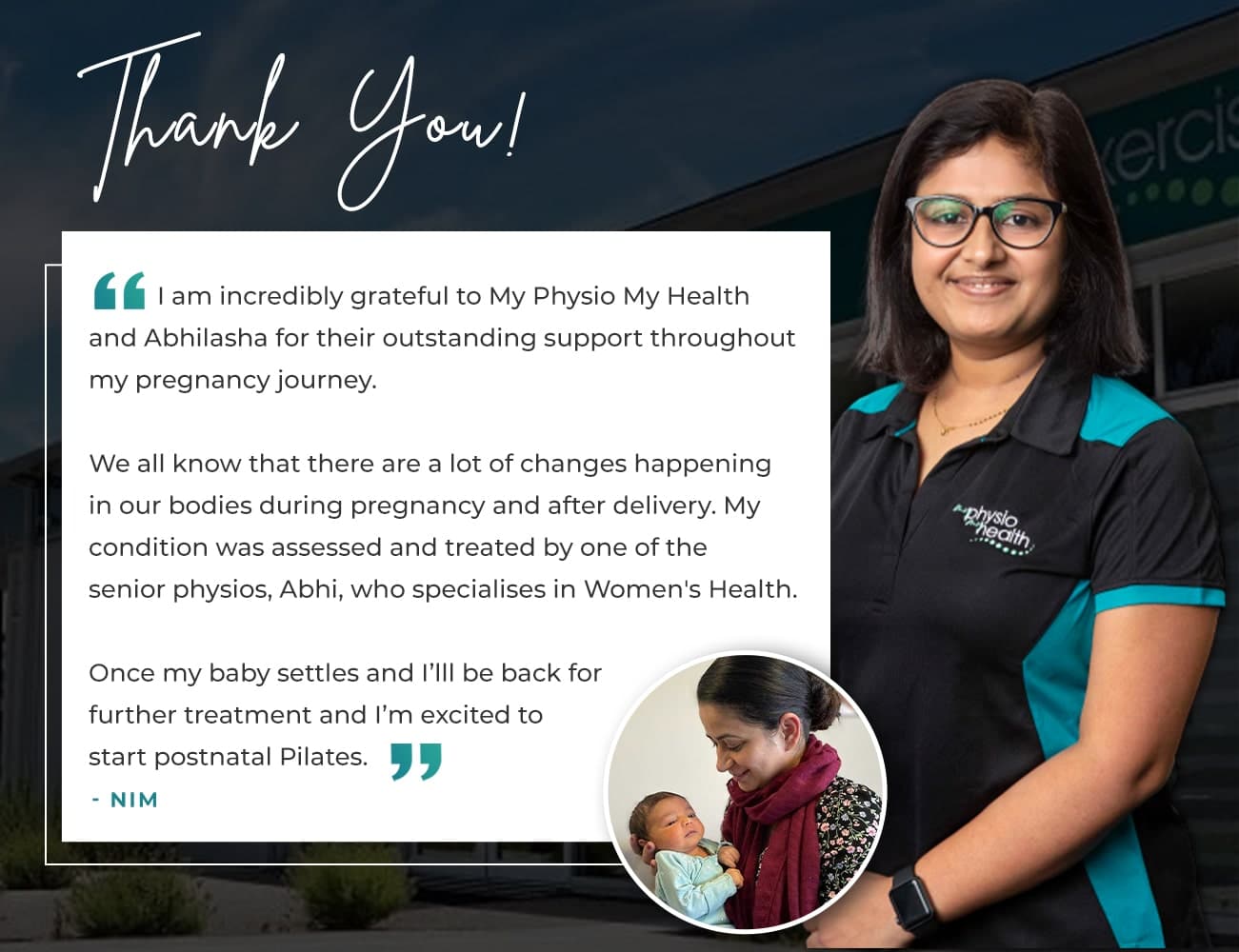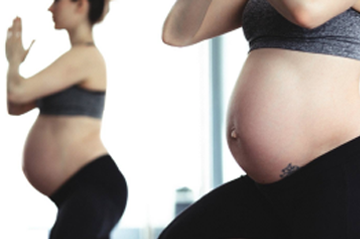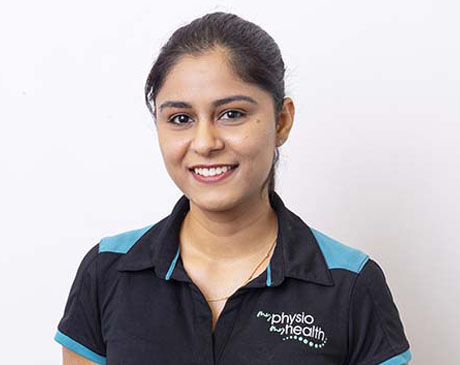Holden Hill
732-734 North East Rd
Lightsview
237 Hampstead Rd
Woodville
765 Port Rd
Kilkenny
405 Torrens Rd
Toorak Gardens
363 Greenhill Rd
Physiotherapy in Unley
2/78 Unley Rd
Oakden
132-134 Fosters Rd
Gawler
18 Alexander Ave, Evanston Park
Gawler South
23 Adelaide Rd
Playford
Shop 16, 297 Peachey Rd
Mile End
238 South Rd
Campbelltown
606 Lower North East Rd
 WISHING EVERYONE A HAPPY NEW YEAR! WE'VE RETURNED TO OUR REGULAR OPENING HOURS
WISHING EVERYONE A HAPPY NEW YEAR! WE'VE RETURNED TO OUR REGULAR OPENING HOURS








